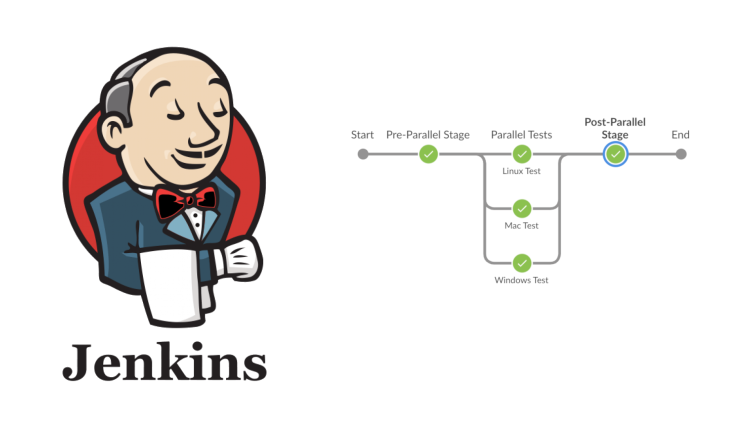Posts
-
Securing a Flask Application with Auth0, OAuth2-Proxy, and HAProxy
Introduction
In this guide, we will set up authentication for a Flask application using Auth0 and OAuth2-Proxy. The application and OAuth2-Proxy run as Docker containers, while HAProxy is configured directly on the host system to manage authentication and routing.
-
Unleashing Efficiency and Power: The Magic of Git Aliases
Introduction
In the fast-paced world of software development, time is precious, and productivity is paramount. Git aliases are the secret weapon that enables developers to streamline their workflows by creating custom shortcuts for common Git commands. With these aliases, you can type less, do more, and make your coding experience more efficient and enjoyable. In this article, we’ll explore the incredible world of Git aliases and discover why they are the coolest tool in a developer’s kit.
-
ORM - SQLAlchemy with Flask
Introduction
Object-Relational Mapping (ORM) is a powerful programming technique that bridges the gap between the world of object-oriented programming and relational databases. It simplifies database interactions by allowing developers to work with databases using Python classes and objects, rather than writing complex SQL queries. In this context, Flask-SQLAlchemy is an extension for the Flask web framework that seamlessly integrates SQLAlchemy, a popular Python library for working with databases, into Flask applications. Flask-SQLAlchemy empowers Flask developers to define data models as Python classes, providing a clear and intuitive way to map database tables to objects. It simplifies tasks such as querying, data manipulation, and database schema management, making it an ideal choice for building web applications that require a clean and efficient database interface while leveraging the simplicity and flexibility of Flask’s web development framework.
-
An Ansible Refresher
Introduction
Introducing an Ansible Refresher, designed for those keen on revisiting their Ansible expertise. In this concise program, we’ll explore Ansible to set up Nginx on a Raspberry Pi. While we won’t delve into exhaustive specifics, you’ll gain a practical understanding of essential Ansible concepts. Furthermore, we’ll furnish you with pointers to comprehensive documentation for each topic we cover, offering you the resources for deeper exploration. Let’s dive right into this Ansible Refresher.
-
Kubernetes - Cheat Sheet
Introduction
Welcome to the Kubernetes Cheat Sheet, your comprehensive guide to mastering the world of container orchestration using Kubernetes. Kubernetes is an open-source platform designed to automate the deployment, scaling, and management of containerized applications. As organizations embrace containerization to streamline development and deployment, Kubernetes has emerged as the go-to solution for managing container workloads in any environment, from development to production.
-
Jenkins - Parallel Builds
Introduction
When I initially began using Jenkins years ago, my initial perception of it was that it merely functioned as an advanced cron job runner, offering the unique selling point of centralized management and control over scheduled tasks from a central server. 😄 However, this perception was quickly dispelled as I delved deeper into Jenkins’ vast array of plugins, robust community support, and continuous enhancements to its domain-specific language (DSL). In this article, my aim is to shine a spotlight on Jenkins’ remarkable ability to execute parallel stages within a single declarative pipeline. For those who are well-acquainted with the matrix support in GitHub Actions, I will endeavor to demonstrate a comparable level of functionality by harnessing the power of Jenkins through a combination of declarative and scripted pipelines.

-
Jenkins - Shared Library
Introduction
A Jenkins Shared Library is a powerful feature that allows you to share and reuse code across multiple Jenkins pipelines or jobs. It is essentially a collection of reusable Groovy scripts and resources that can be accessed and utilized in various Jenkinsfile scripts. This feature streamlines your Jenkins automation and promotes code reusability, maintainability, and consistency across your projects.

subscribe via RSS